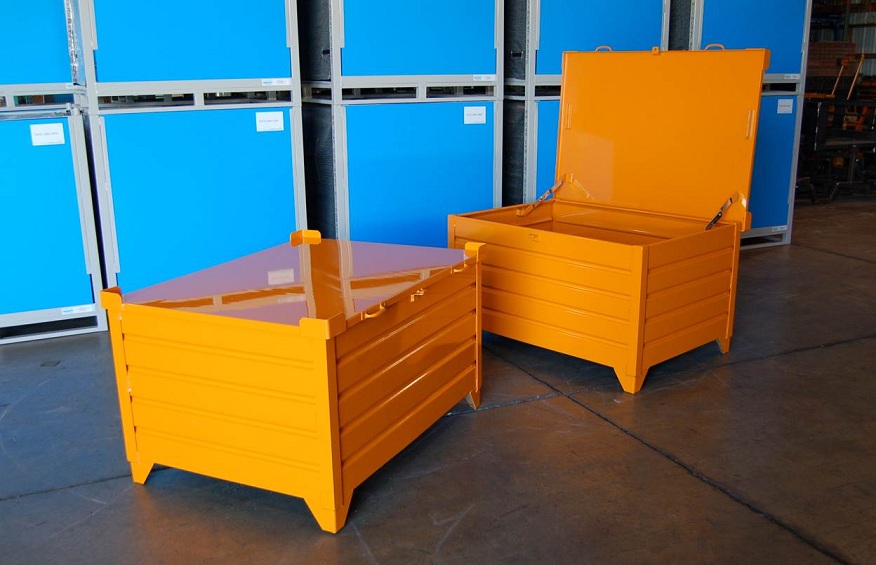In industrial, commercial, or logistical settings, a material handling container is a specialized storage and transportation unit made to safely store, protect, and transport goods, parts, products, or equipment. These containers can be made of fiberglass, metal, or plastic for easy handling and storage and are available in various sizes and shapes.
They can also be designed to be stackable, nestable, or collapsible. Endural material handling containers are essential for streamlining operations, making the most use of available space, and guaranteeing the efficient and safe transportation of items along the supply chain.
Here are vital things you need to look for in a material-handling container when making a purchase:
Durability
Depending on the application and environment, select a material handling container made from sturdy materials like fiberglass, metal, or plastic. High-quality materials’ resistance to impact, corrosion, moisture, and temperature fluctuations ensure long-term durability and reliability.
Weight capacity
To ensure the container can securely hold the specified load without failing or being damaged, consider its weight capacity. If more than one container is going to be stacked on top of another, find out the maximum weight per container and the stacking capacity.
Size
Choose a material handling container whose measurements correspond to the size and shape of the goods being moved or stored. Consider dimensions such as length, width, height, and interior volume to ensure optimal space usage and efficient handling.
Stackability
Choose containers with stackable design elements that facilitate secure stacking when filled, such as nesting grooves, interlocking lids, and reinforced corners. Stackable containers help with structured inventory management and maximize vertical storage space.
Nestability
Consider containers with nestable or collapsible features to reduce storage footprint and save space when empty. Nestable containers can be nested inside each other to maximize space savings and lower shipping costs during storage or transit.
Ventilation
Select containers with ventilation elements like perforated walls or slotted panels for applications involving perishable or delicate products. The freshness and quality of products are preserved through ventilated containers, which facilitate airflow and temperature control.
Drainage
Choose containers with drainage features, such as sloped bottoms or drain holes, in damp areas or liquids. Drainable containers keep things dry and clean while preventing water buildup or condensation, which lowers the possibility of damage to stored goods.
Customization options
Opt for containers with customizable features like labeling, color coding, or branding to make organizing and finding content more accessible. It is possible to customize containers to meet particular needs and workflows, improving productivity and inventory management.
Regulatory compliance
Check that the material handling containers adhere to applicable industry regulations and standards, such as the Food and Drug Administration’s (FDA) recommendations for food handling and storage or the Occupational Safety and Health Administration’s (OSHA) regulations.
Safety
Consider safety features like locked lids, tamper-evident seals, or flame-retardant materials for applications needing increased safety or protection. Design elements that prioritize safety aid in avoiding accidents, spills, and unwanted access to things that are being stored.
Conclusion
By paying attention to the elements mentioned above, you can be sure that you’ll purchase a material handling container that meets your needs and enhances the safety and efficiency of your facility.

